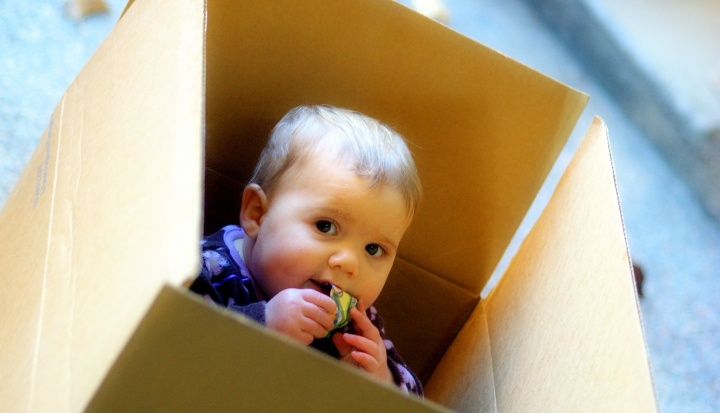A woman in the United States is more likely to die in childbirth than a woman in Poland, Belarus, or Austria. Think about that for a second. Here’s another frightening statistic: between 2003 and 2013, only eight countries actually had an increase in maternal mortality rate. The list of nations includes places like Afghanistan, Belize, El Salvador, and the Republic of South Sudan. Where else is on this list? If you guess the United States, you’d be right.
In his Margin Notes column for August’s issue of U.S. Catholic, Kevin Clarke argues that part of the problem is the huge gap between the health care provided to the rich and the poor in our country. If a woman lives in a wealthy area, with good health insurance and access to excellent hospitals, her chances of dying in childbirth are extremely low. But for women living in poverty, with access to subpar medical care, and a lack of education when it comes to pre- and postnatal health, the rates of mortality for both mother and child soar far above any other developed country.
So, what’s the solution to this problem? How do we get poor women access to the same education and resources that more privileged women take for granted? Maybe we could take a page out of Finland’s book.
In 1938, Finland started offering maternity boxes to low-income mothers. These boxes contained everything a mother needed to look after her baby—including clothes, diapers, and blankets. The boxes themselves could be used for a crib, insuring that even in the poorest homes babies had a safe place to sleep. The only catch? Mothers had to go to the doctor for a prenatal checkup before the start of their second trimester. The program was so successful at both getting mothers to get necessary medical care and giving underprivileged families the resources they needed to take care of babies that the maternal mortality rate decreased dramatically and in 1949 it was extended to include all prospective mothers, regardless of income.
Over time, the contents of the box have shifted. Readymade baby clothes replaced fabric, as less and less women sewed baby clothes for themselves. Baby bottles were removed in an effort to encourage breastfeeding (it worked!).
Today, Finland continues to provide a strong message about the necessity health care and the importance of expectant mothers and children through the use of the maternity boxes—Äitiyspakkaus in Finnish. The boxes contain a mixture of clothes, accessories, and even toys, all purposefully in gender neutral colors. And the boxes are still certified as safe sleeping places for infants. The design of the box, along with the contents, changes every year. This year’s maternity package included a snowsuit, sleeping bag, assorted hats and other cold weather gear, onesies and rompers, a mattress, sheets and blankets, a towel and bath accessories, a bib, and various toys. (The complete list, along with images, can be seen here.)
Two organizations—World Health Equity and Project Hope—have banded together to institute a similar program in the United States. Noting that something as simple as warm clothes, a safe place to sleep, clean diapers, and a bit of parenting education can have a drastic impact on infant mortality rates, these organizations offer kits to disadvantaged mothers in Boston. However, the program is still in the very beginning stages: This year they hope to give out 50 boxes.
Despite how exciting it would be for the American government to send maternity care packages to each and every infant born, the U.S. is a lot larger than Finland and there would be a lot more issues with instituting such a program here—both logistical and financial. But couldn’t something be done to at least offer low-income mothers access to some of these services? Think about how much money goes into getting ready for a child; parents need to purchase a crib and a car seat, both huge financial purchases, not to mention clothes, diapers, blankets, toys, and all the other stuff that goes along with a baby. No wonder many women don’t have the resources to get adequate medical care as well! But until we can work together and come up with some sort of solution, mothers and babies are going to continue to die at unacceptable rates in the United States.
Image: Flickr cc via David Goehring












